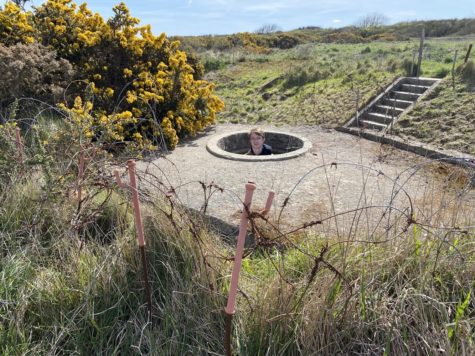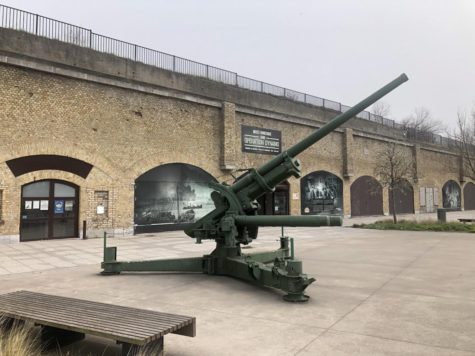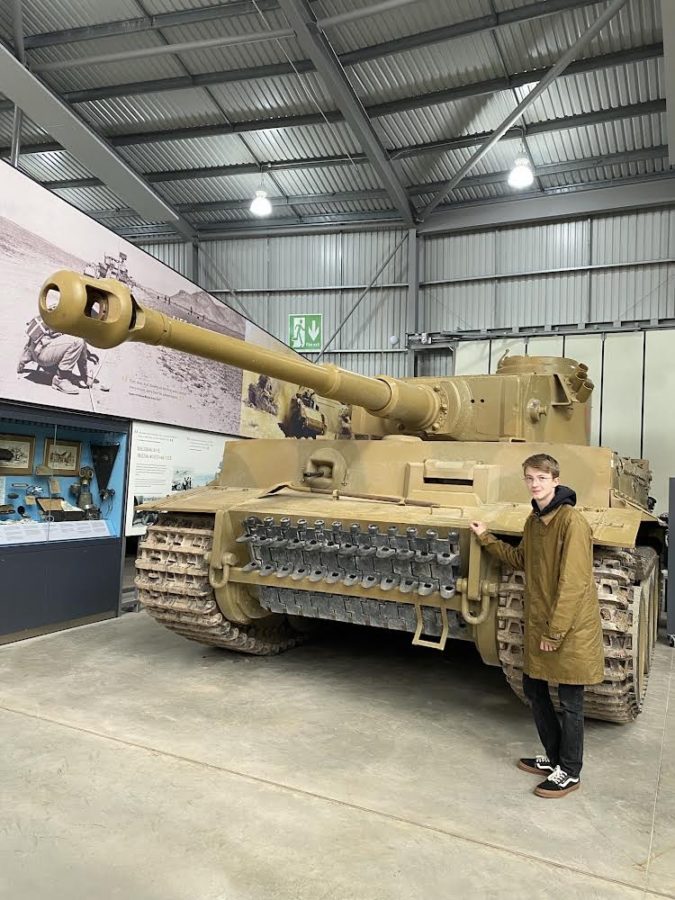On May 10, 1940, Germany invaded France and trapped over 370,000 British and French allied troops on the beaches of Dunkirk.
But a miracle appeared from May 26 through June 4, when over 338,000 French and British troops were safely rescued and evacuated from the French port of Dunkirk by the British Royal Air Force. This evacuation came to be called “Operation ‘Dynamo”.
Although France and Britain were defeated, countless lives were saved. Had they not been evacuated, it meant the loss of Britain’s only trained troops and the failure of the Allies’ cause.
This month, May 27, commemorates the 82nd anniversary of the Dunkirk evacuation.
Sophomore and historical enthusiast Max Kalvan visited Dunkirk, France during spring of this year for three weeks to view the artifacts that were left behind.
“I was surprised there wasn’t much there,” Kalvan said. “It’s almost as if Dunkirk is disappearing, in a way.
At first, Kalvan wandered all over Dunkirk, searching for places and artifacts in remembrance of such a huge evacuation. But that ended in disappointment.
“In all the places I went to, it was almost as if they didn’t want to remember that time and wanted to get rid of it,” he said. “There wasn’t a whole lot of remembrance, even though there should be. If I didn’t know it was Dunkirk, it would just look like a beach to me.”

Despite that, Kalvan understands why there isn’t much left to remember the event by.
“It was a military disaster,” he said. “The Nazis had won against France and Britain. The troops only wanted to survive and go home with their families and loved ones, but they couldn’t.”
By surprise, there was one place that honored the evacuation. It was the museum of “Dunkerque 1940 Operation Dynamo”, where they were showcasing the weapons, models, uniforms, maps and photos of the battle and the evacuation.
A week later during his stay in Dunkirk, he visited and explored the museum. At the museum, Kalvan had met a man who lived in Dunkirk and had been collecting Dunkirk historical artifacts such as bullets, guns and uniforms since the age of nine.
“They were really cool things,” he said. “He found a hole in a soldier’s helmet. It took 15-20 years for him to find which soldier this helmet belonged to. But the only thing he had was a serial number on the back of his helmet.”
Throughout those years, the man collected parts of the soldier’s uniform and all of his belongings. When the internet was created, he contacted the soldier’s family that he had the helmet and asked if they wanted to keep it and send it to him, or if they wanted the man to keep the helmet. The family agreed for him to keep the helmet.

The solider’s cause of death was shot through his helmet right between his eyes, by one of the Nazis.
At the time of the evacuation, civilians had also played a part in rescuing troops using their own boats. These came to be called “The Little Ships of Dunkirk”, 850 private boats that sailed from Ramsgate in England to Dunkirk in northern France, helping to rescue more than 300,000 soldiers.
What Kalvan admired most about the evacuation was that both civilians and government came together for one cause.
“Even though Britain and France lost to Germany, I think it’s beautiful that it was the civilians who helped the troops in a desperate situation,” he said. “To see citizens stand up for their own country is something remarkable.”
To Kalvan, seeing the location of the evacuation felt like a dream.
“It went so fast,” Kalvan said. “It’s interesting how seeing pictures is not the same as seeing the real thing. Going there changed everything I ever thought of.”



